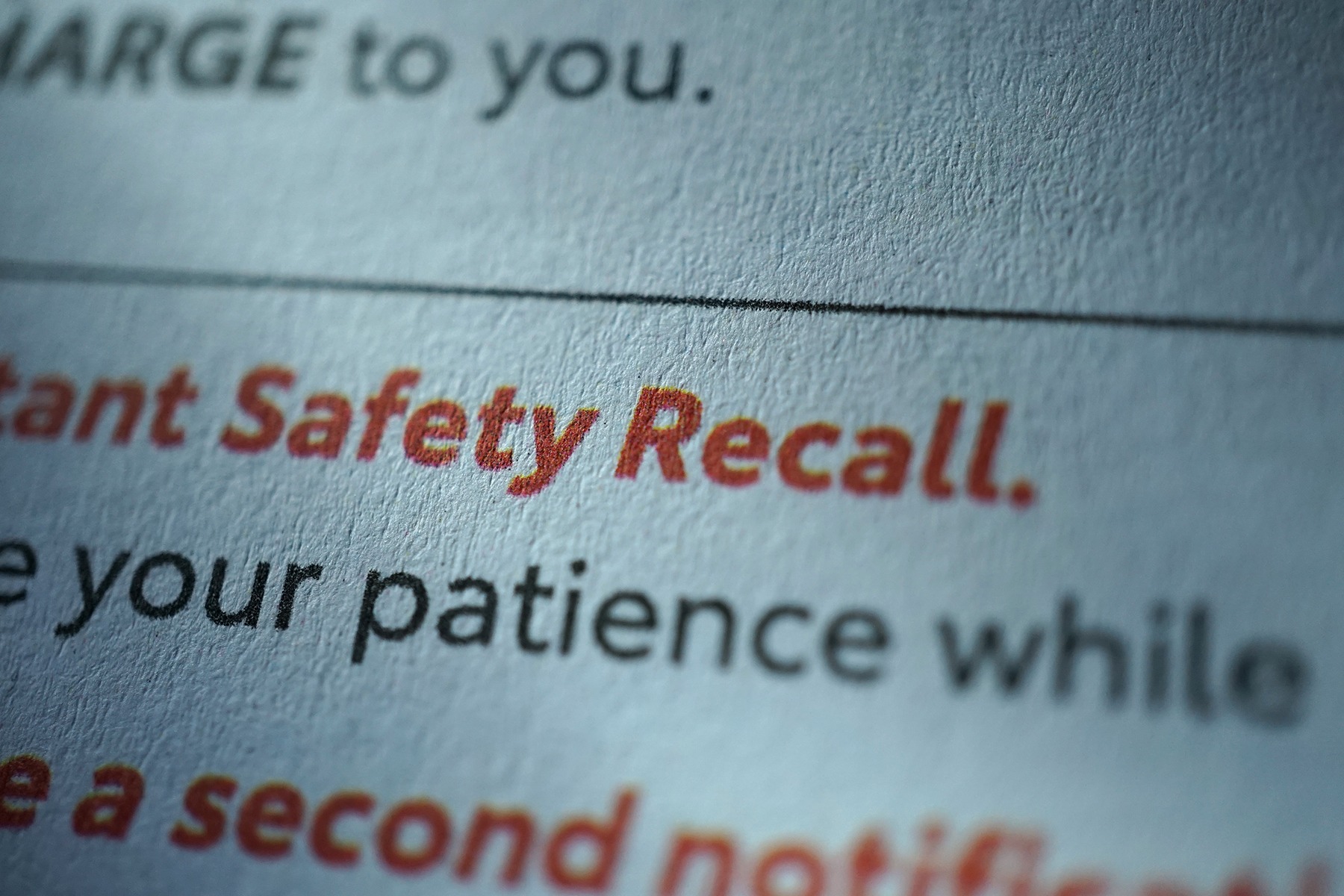There’s a pretty shocking disconnect between the actual cost of poor quality (COPQ) and what executive leadership thinks it is. According to the American Society for Quality, COPQ claims between 15% and 40% of revenue; executives put that figure at about 5%.
That puts quality managers in a tough spot. Making the business case for a quality management system is challenging when leadership underestimates the costs—and benefits—of supply chain quality.
You don’t have to look far to find an example of catastrophic failures. Contaminated raw materials used to manufacture 43 different Johnson & Johnson children’s products cost the company nearly $1 billion in lost sales. Plus, millions more in FDA fines and lost production due to shuttered factories, not to mention the incalculable reputational damage resulting from a consumer boycott.
The fact is, manufacturers pay for supply chain quality, whether it’s in terms of negative consequences due to poor quality or making the investment upfront to prevent and avoid problems. Understanding that cost is fundamental in managing a profitable business. Here’s what you need to know to take a proactive approach to quality management.
What is supply chain quality?
This type of quality management refers to the processes companies use to assess, monitor, and proactively manage the quality of products and processes in the supply chain.
Similarly, supplier quality is the ability of supply chain partners to reliably deliver the products and services that satisfy the end buyer’s needs. ASQ goes a bit further, adding the cost of transactions, ease of communication and problem resolution, and alignment of the supplier’s internal policies (inventory levels, for example) with the manufacturer’s goals to the definition of supplier quality.
Why supply chain quality management systems are important
In a perfect world, manufacturers could rely on supplier quality throughout the entire supply chain and product lifecycle — without a formal supplier quality management software.
Unfortunately, this is not a perfect world, and modern supply chains are more intricate, global, and interconnected than ever before.
Transportation delays, cyberattacks, raw material shortages, tougher environmental regulations, and even global economic uncertainty leave manufacturers exposed to new levels of supply chain risk. An organization can have the best quality control processes in the business, but if it doesn’t include robust supply chain quality management, there’s huge potential for expensive problems.
Related content: Nike’s Supply Chain Disruption and Supplier Quality
Measuring the cost of supply chain quality
Although ASQ data shows that only one in three organizations actively tracks the cost of quality, it’s an essential metric for companies that pursue operational excellence. Shaving just a few percentage points off your cost of quality management solution each year can translate into millions of dollars.
When discussing figures associated with quality costs, we need to look further than our internal quality control programs. The cost of poor quality (COPQ) in the supply chain typically falls into one of three categories:
- Appraisal costs
- Internal failures
- External failures
- Prevention costs
Appraisal costs that contribute to the cost of quality
Appraisal costs are costs associated with measuring and monitoring the quality of purchased materials and services. That includes inspection of received goods, quality audits, and assessing and rating suppliers.
In other words, these are the obvious costs associated with this type of quality. Monitoring your appraisal costs can help you make qualified decisions between the lowest-cost and highest-quality suppliers with real-time data as materials are received.
Internal failures that impact the cost of supply chain quality
Internal failure costs are those incurred to remedy supplier quality issues before the product reaches the customer. These include the cost of scrapping or reworking defective materials and the waste associated with unnecessary work or poor communication.
Take a moment to consider the true cost to your company for:
- Downtime
- Production delays
- Backorders
- Quality-related price downgrades
On top of all these costs, don’t forget to factor in labor hours spent on failure analysis and problem-solving. The number of people in your company who invested time to determine the problem’s cause and how to fix it, along with every meeting to address it, also falls under the internal costs umbrella.
External failures that impact supply chain quality costs
External failure costs occur when a defective product is delivered to the customer. These are the most expensive and potentially damaging of all supplier quality costs. Remedying quality issues at this stage is generally five times greater than internal failure costs.
Direct external costs include:
- Product returns
- Repair and servicing
- Penalties
- Warranty claims
- Complaint investigations
- Customer service
But the buck doesn’t stop there.
The indirect costs are more difficult to quantify and include lost opportunities and profits when customers switch brands due to quality issues and damage to the company’s brand and image. Upwards of 57% of businesses consider this type of quality to be a direct driver of customer loyalty–something that is getting a closer look as the dust settles from the disruption of the COVID-19 pandemic.
The cost of preventing these issues
Organizations can take a more proactive approach and focus on the cost of good quality (COGQ). Those that do tend to avoid many of the issues that result from poor supplier quality.
Prevention costs are associated with processes put in place to prevent quality issues as opposed to detecting and correcting them.
Prevention costs include:
- Supply chain process planning
- Supplier quality evaluation audits
- Managing supplier relationships
Lower your cost of supply chain quality management with automation
Tracking supplier quality is often manual, making it unnecessarily time-consuming and complex. Integrating supply chain quality management into your overall quality management system gives you automated control over and visibility into every element of your supply chain — and reducing manual hours means reduced costs.
Automating this type of quality also eliminates human error (additional cost savings) and gives you a closed-loop accountability system. Once you find the root cause of failure, you can generate a supplier corrective action report and track completion and verification of the corrective action plan. All associated documentation is linked back to the supplier rating system.
The closed-loop system ensures every quality failure is accurately documented and clearly communicated, helping to align your goals and expectations with your suppliers’ performance and quality rating.
Invest in a robust supply chain quality management system
An effective supply chain management solution has the added benefit of moving toward a conditional management status with top suppliers who have proven their ability to control their output and no longer need constant monitoring. A relationship built on mutual trust reduces risk and strengthens both parties’ roles in the manufacturing process. The result is better quality products with consistent availability to strategically meet supply and demand needs at the right time.
Far from being a cost center, a solid supplier quality management system eliminates waste and non-essential processes throughout the entire supply chain.
Learn how to strengthen every link of your supply chain in this white paper: Supplier Quality is Only as Strong as Your Weakest Link


